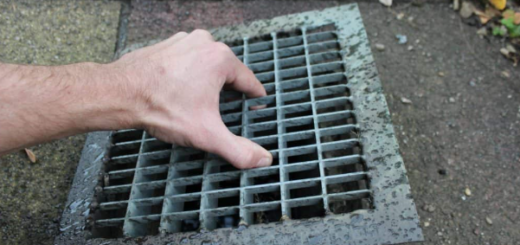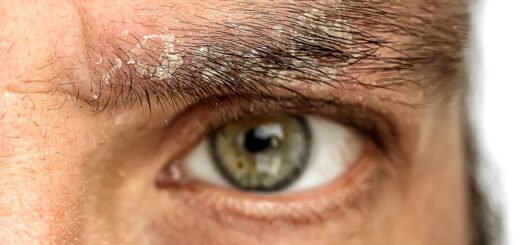How do lingual braces work?
A beautiful healthy smile is one of the first things we notice about someone. Strong, straight teeth are a clear indication of a person’s good health, while misaligned or discoloured teeth can be a sign that there is something wrong. Beautiful teeth can also reflect more than just your physical health; for example, you may be reluctant to smile if you are self-conscious about crooked teeth, while beautiful gleaming teeth can leave you feeling confident and happy.
What can you do about a crooked smile? Perhaps you have wonky teeth, an overbite, or an overcrowded mouth? Braces are a popular solution to these problems, with more than 200,000 people in the UK starting treatment last year. Many people are put off by the idea of having such visible treatment, however, especially if they are already self-conscious about their looks or if they have a profession that make it impossible for them to have visible braces. In these instances, lingual braces could be the answer.
What are lingual braces?
Lingual braces are attached to the inside surface of the teeth, next to your tongue. They are all but invisible from the outside, even from close up, which means that the wider world has no idea of the orthodontic work going on inside your mouth! Lingual braces are suitable for all ages and provide reliable correction for all types of tooth problems.
Special qualification must be gained to apply lingual braces; therefore, they will only ever be applied by highly-trained orthodontists. There are a number of orthodontists who will apply lingual braces in London, such as http://www.uksmile.com.
How do they work?
Lingual braces work just like normal braces: by applying a constant yet gentle pressure on the teeth to help them to move slowly into their correct position. Each set of lingual braces is made from an impression of a patient’s mouth, meaning they are customised to fit that person’s teeth perfectly. These customised braces are then cemented onto the back surface of the patient’s teeth, where they will remain for between 18 and 36 months while the teeth gradually move into position.
More information about the benefits of using lingual braces can be found on the Incognito website.
If you are self-conscious about your teeth, consider lingual braces for a straighter, more beautiful smile.














